
Centennial Launch
5 –
7 Sep 2025
Bauhaus Building
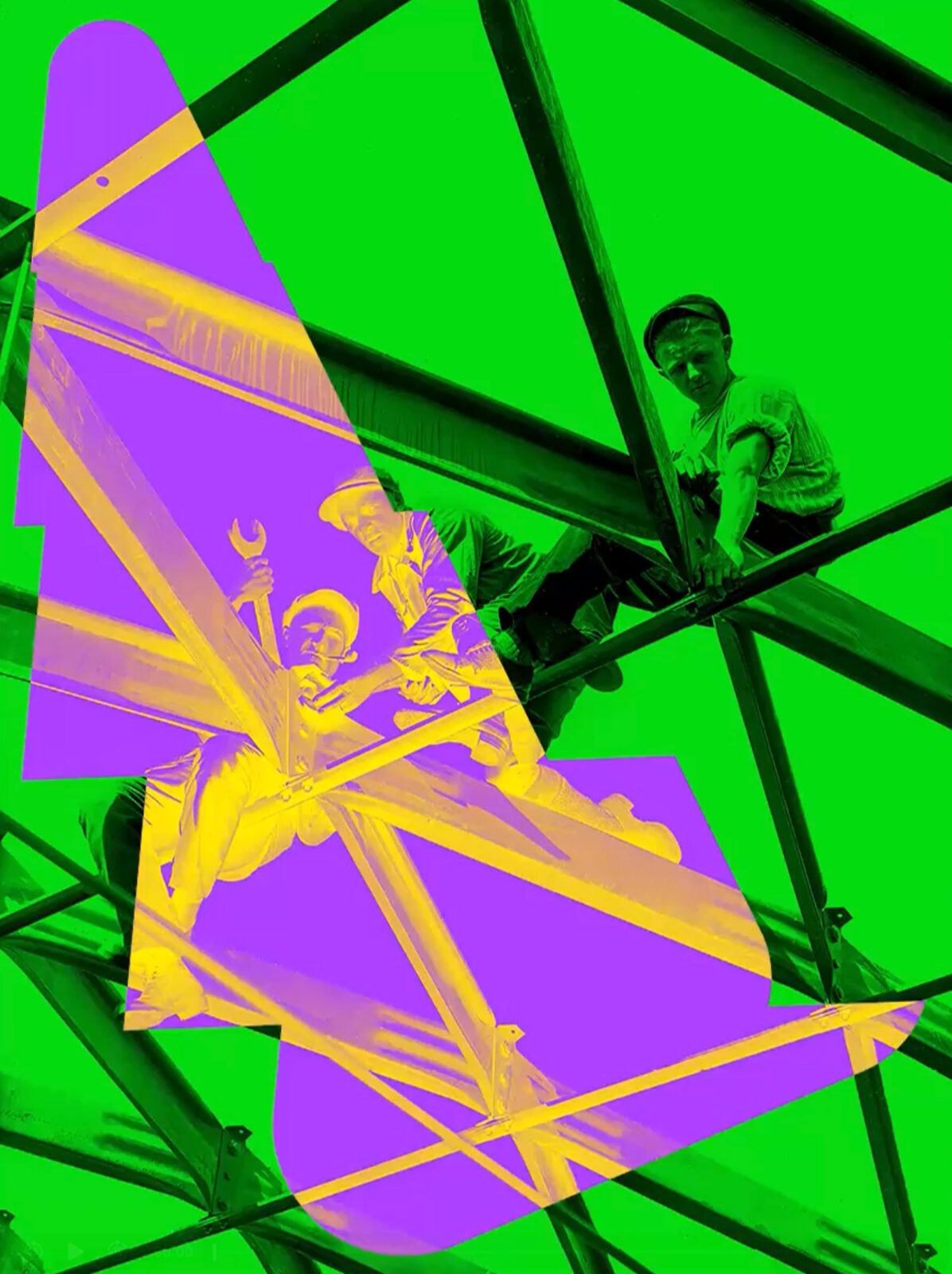
One hundred years ago, the Bauhaus moved to Dessau. Beginning in September 2025, the Bauhaus Dessau Foundation and numerous partners will celebrate the centennial with exhibitions, an art programme, conferences, and festivals. Under the title To the Core, it focuses on the materials of the modern era and of the present in numerous exhibitions and events at the Bauhaus Museum Dessau, in the historical workshop wing and in various places in the city. Our Highlights:
Tour
26 Sep 2025 > ongoing
City of Dessau
In 1925, the Bauhaus moved from Weimar to Dessau. But where did the teachers and students live, work, and celebrate during the first months? What influence did the city of Dessau have on the Bauhaus and its work? And where did Paul Klee go for a walk to find inspiration for his paintings?
The digital tour Invisible Bauhaus Dessau explores places that are largely no longer visible today but that were closely connected with the period when the members of the Bauhaus arrived in Dessau in 1925/26, when the Bauhaus Building and the Masters’ Houses did not yet exist. A separate walking tour through the Georgium follows the traces of Paul Klee. Users can scan QR codes to call up the videos at the places in question and watch them on their smartphones. The website of the Bauhaus Dessau Foundation and an analogue folding map show the path through the city to the specific sites.

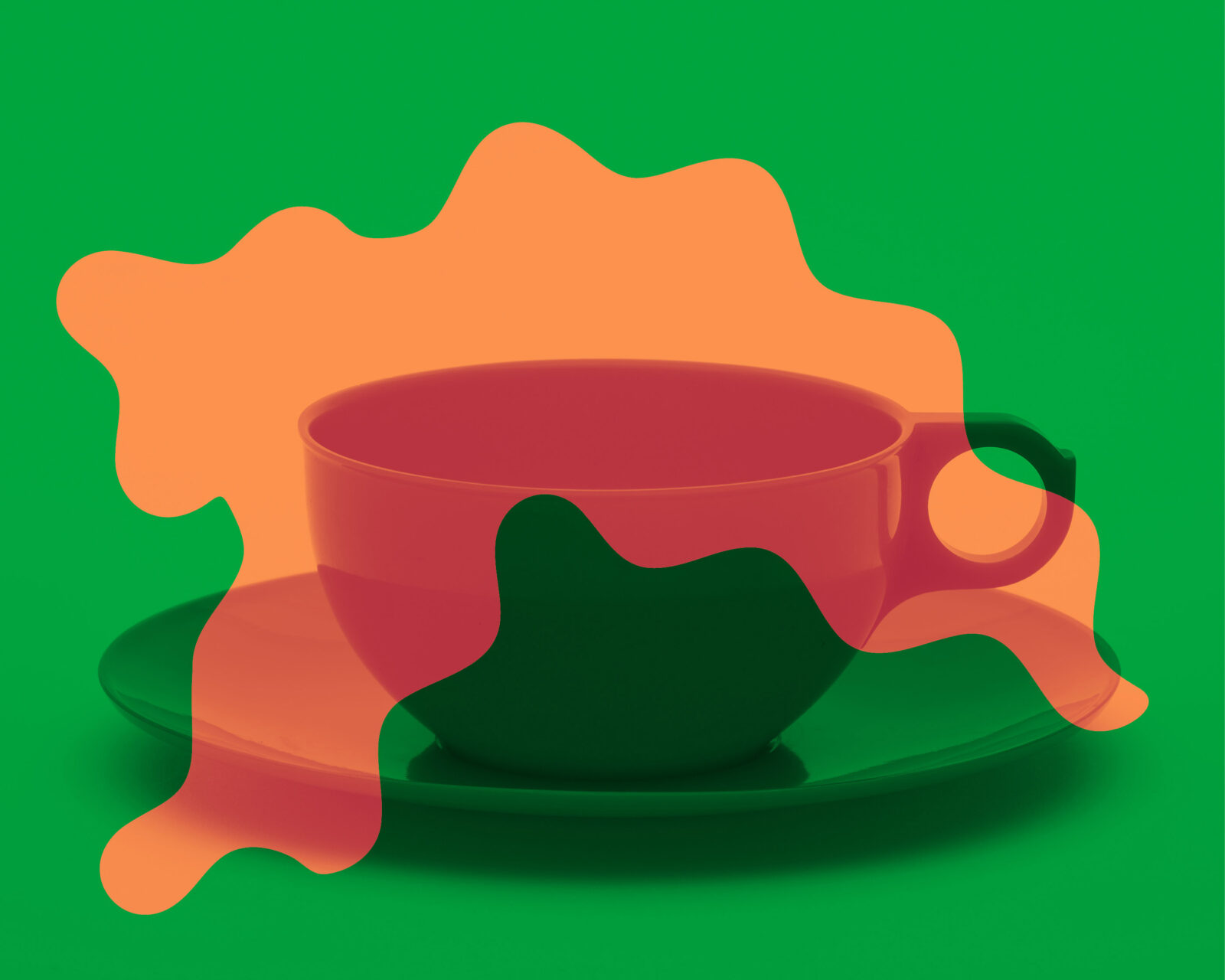
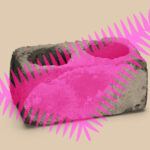
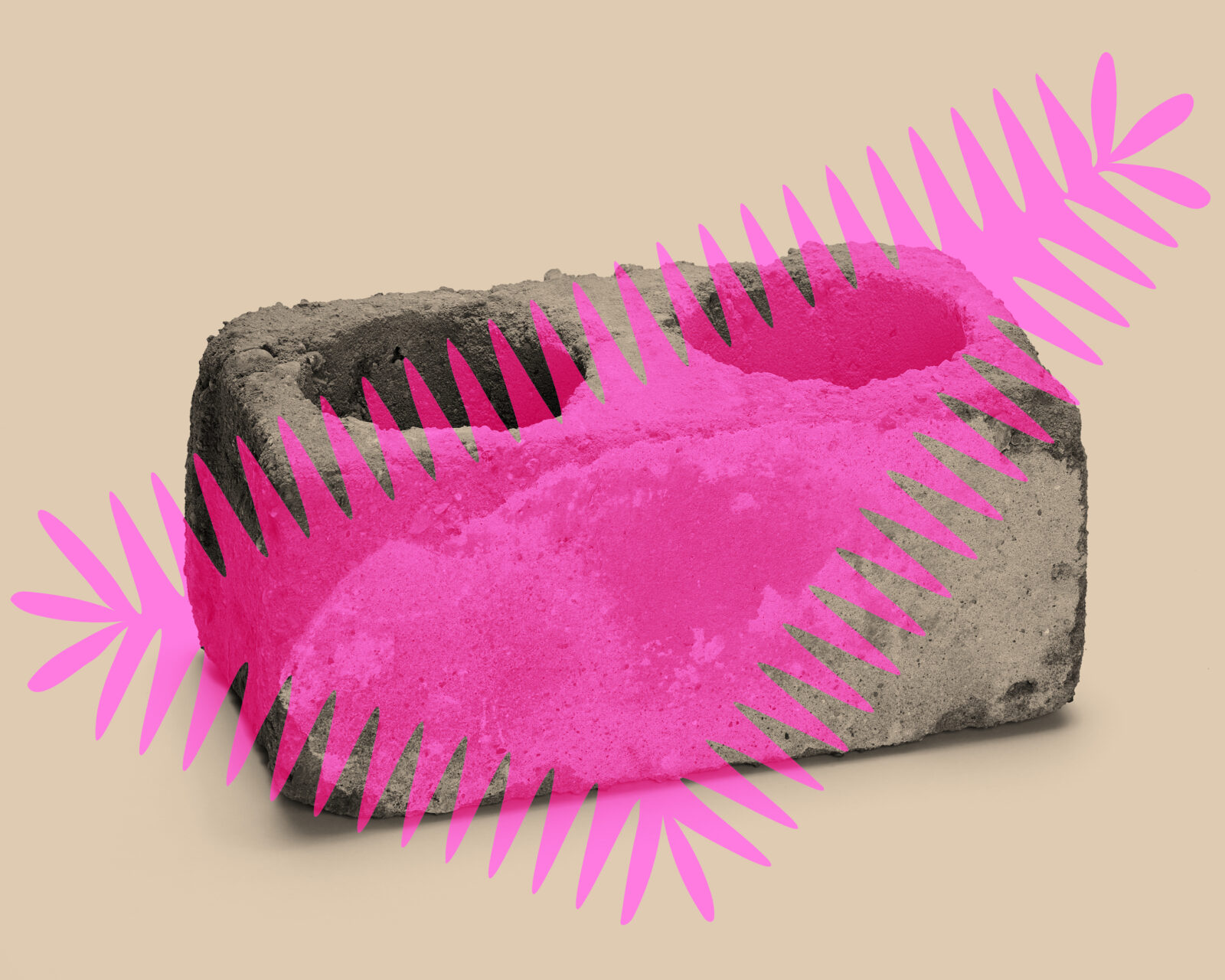
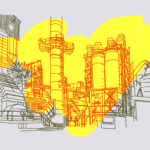
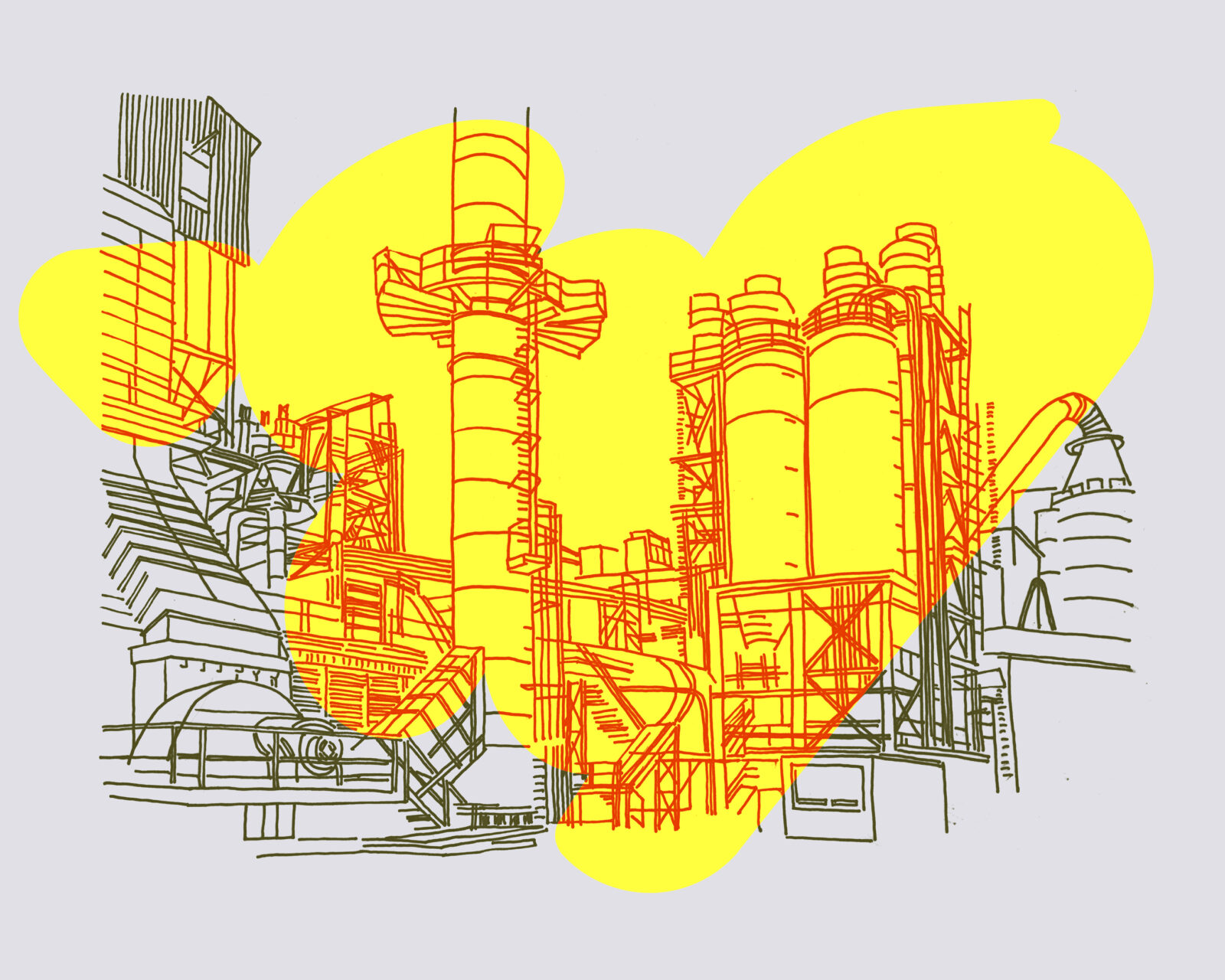
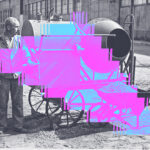
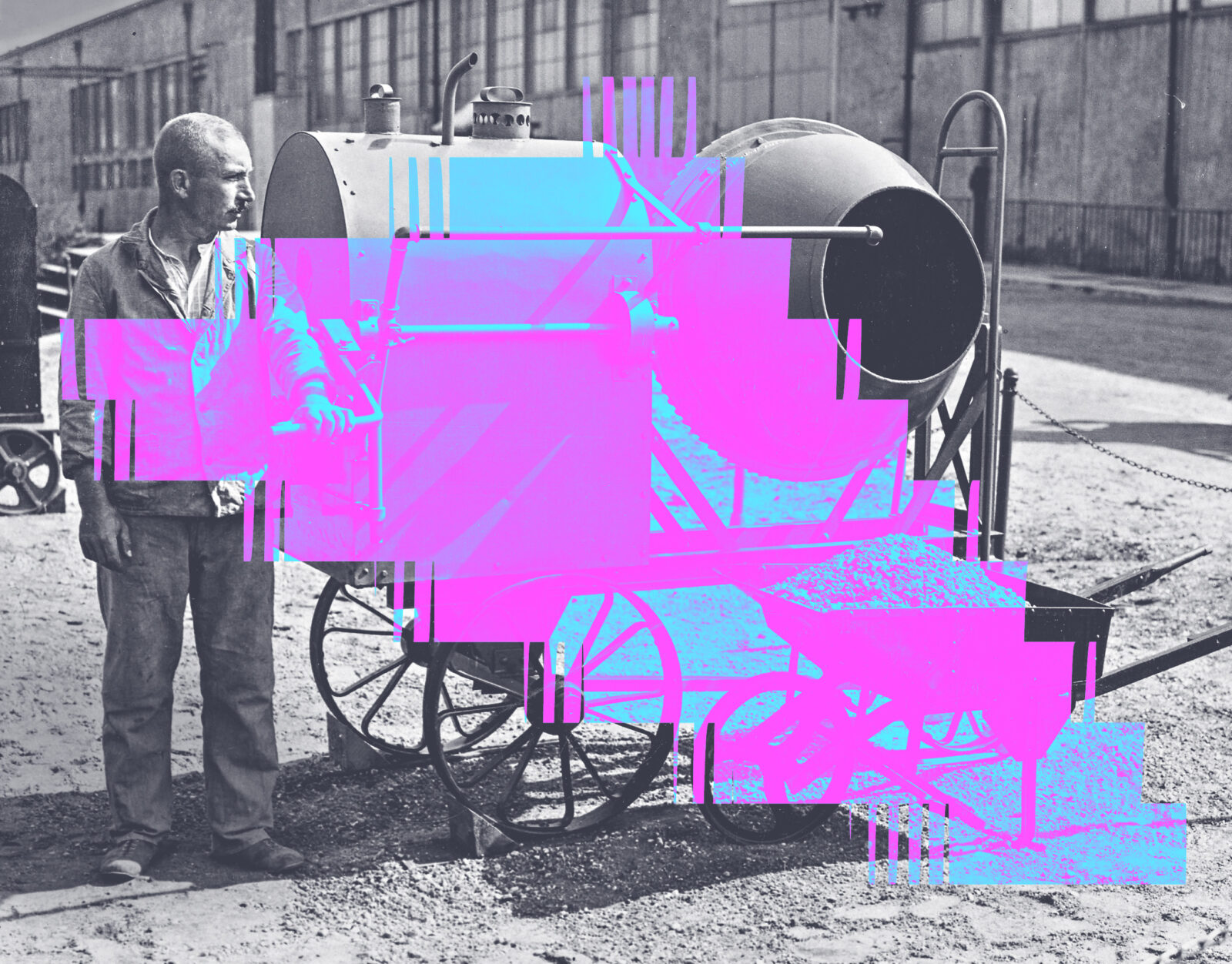
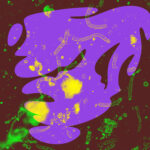
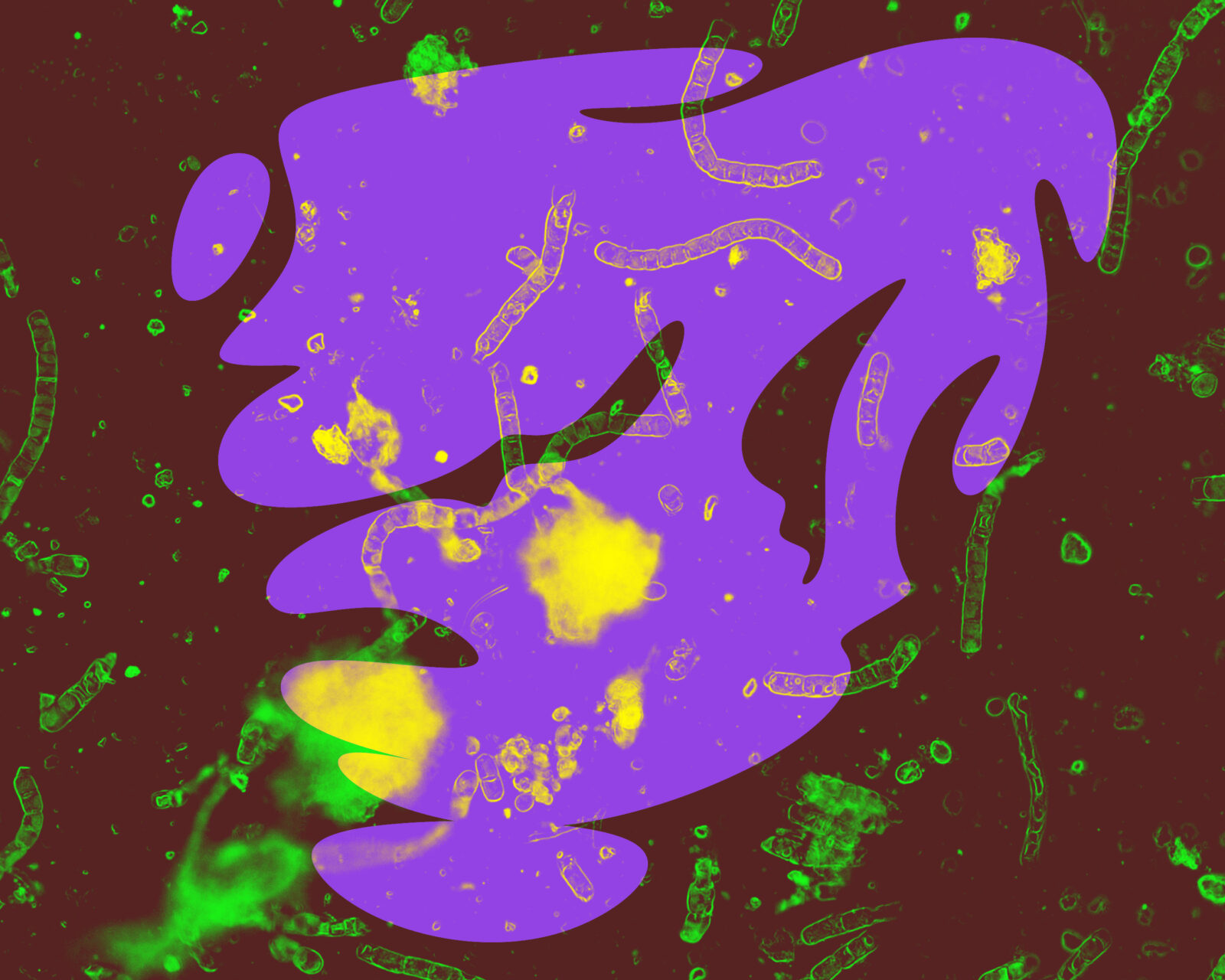
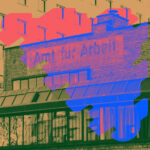
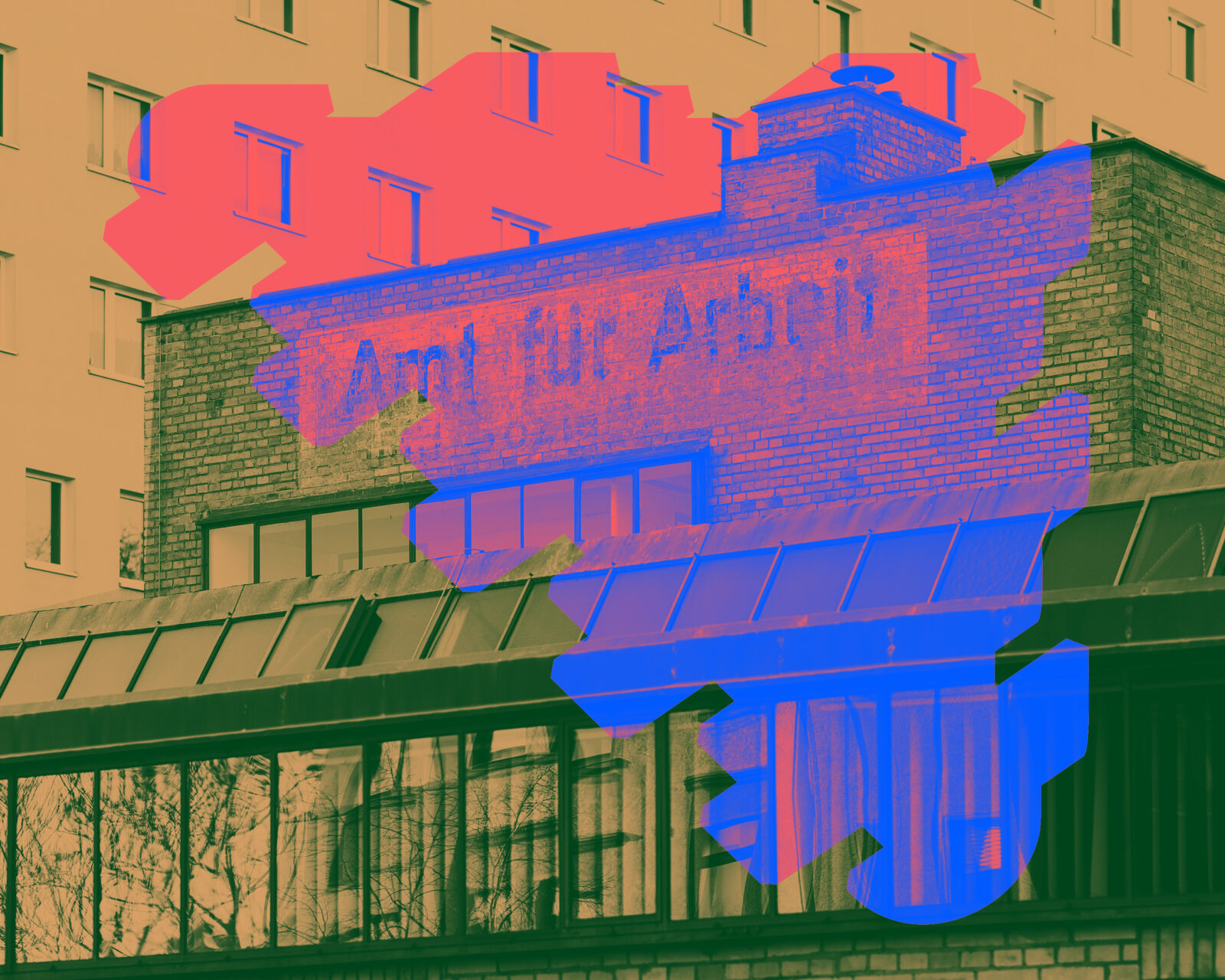
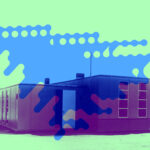
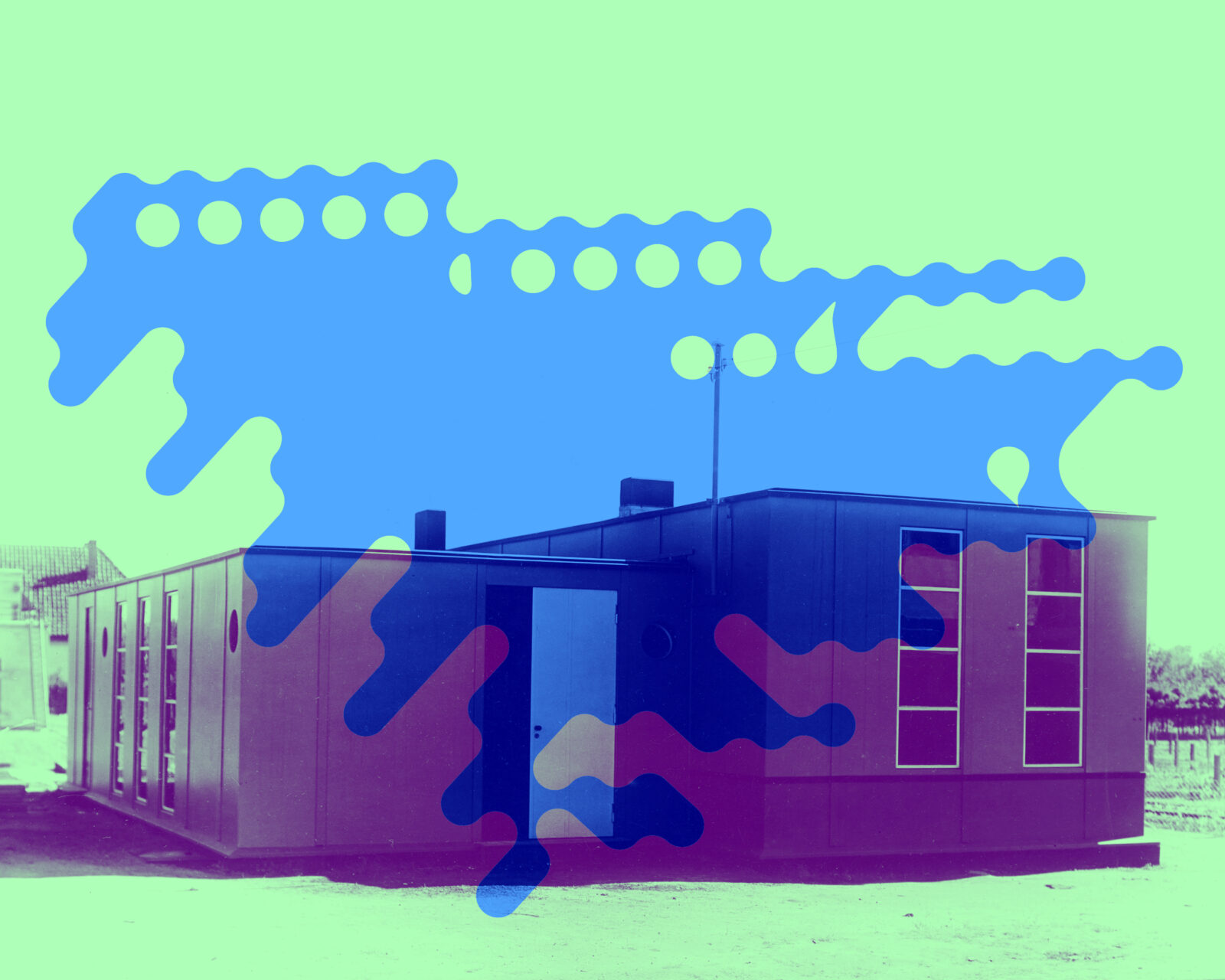
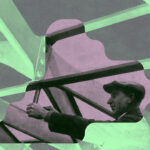
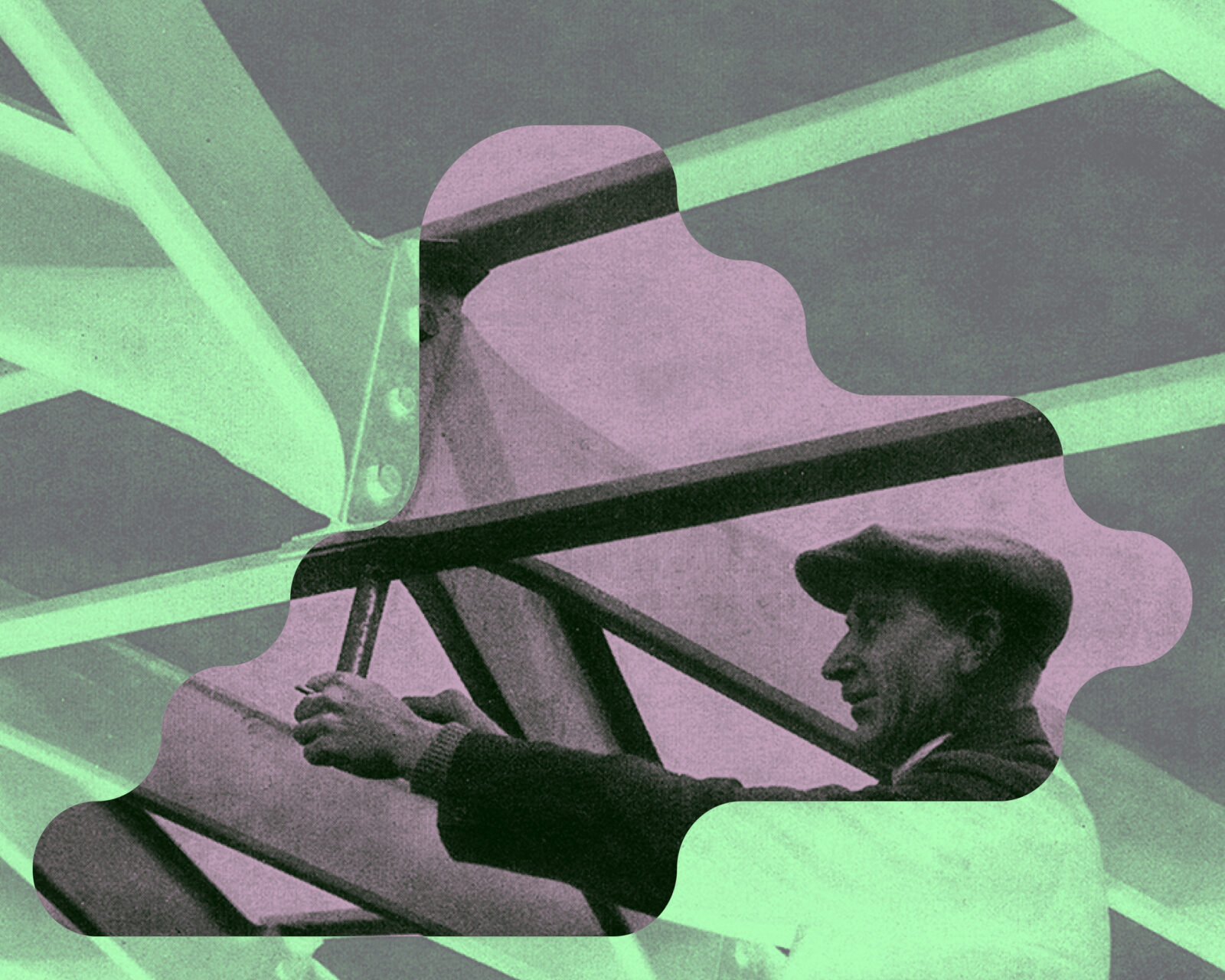

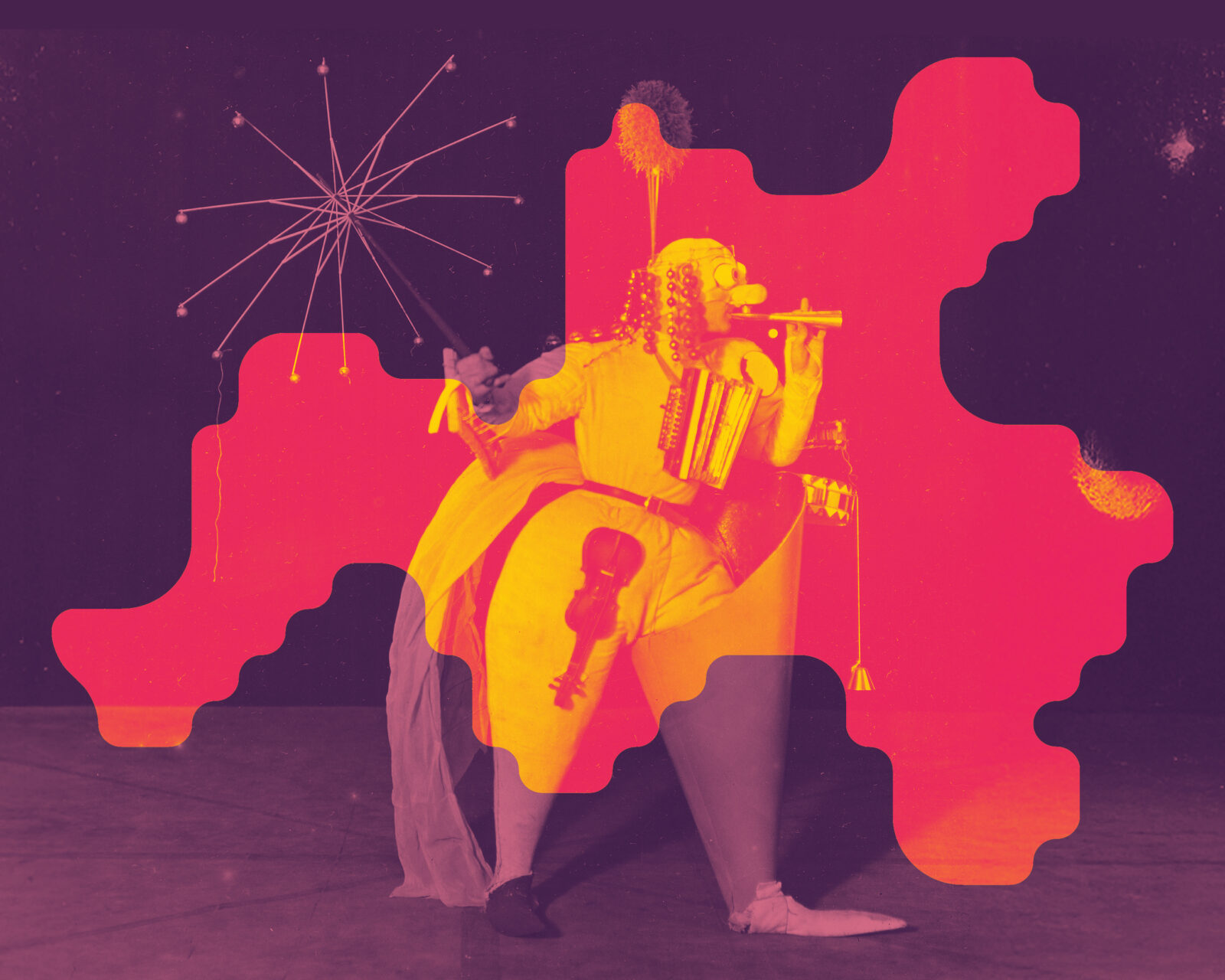

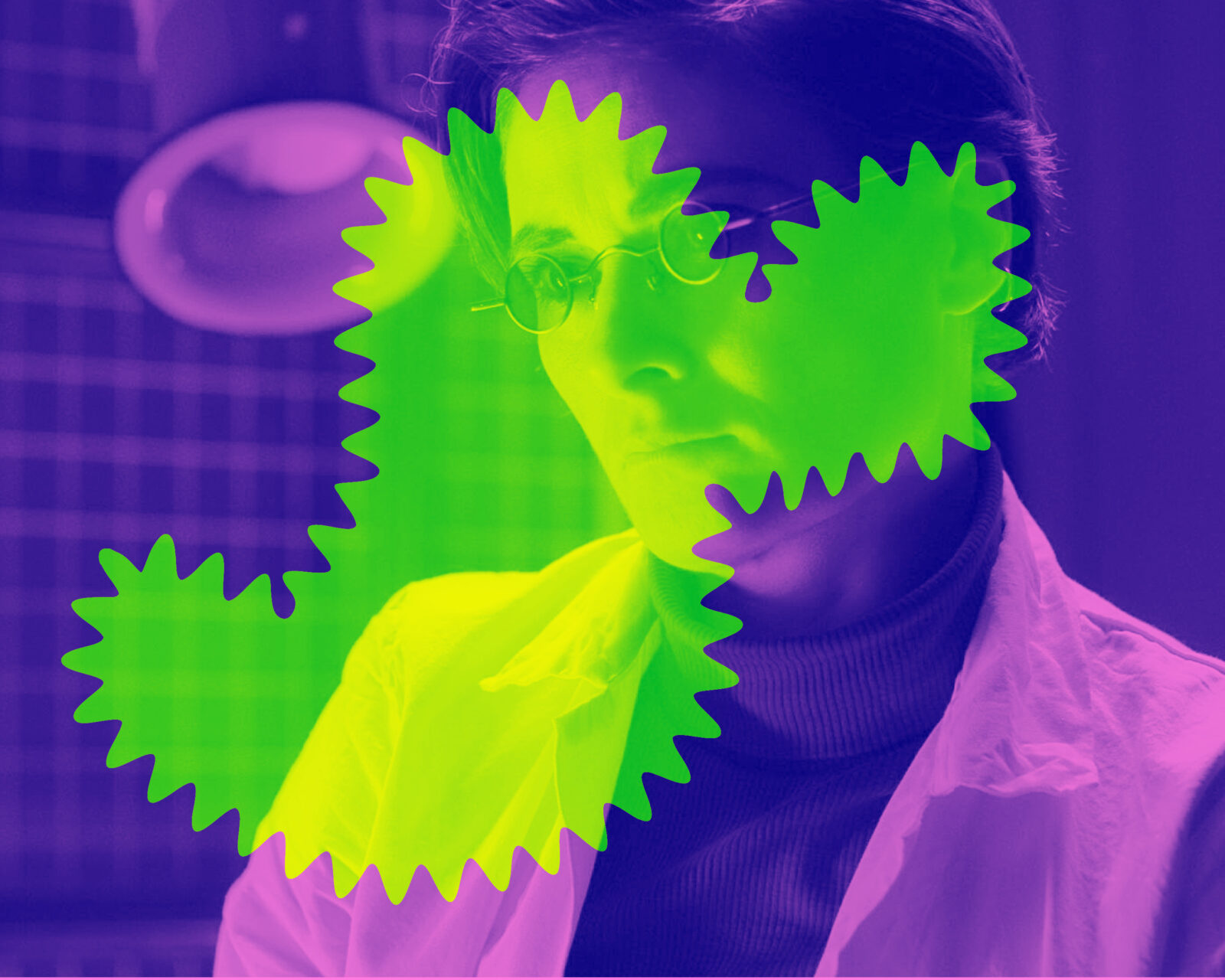
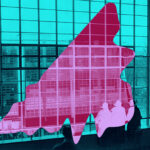
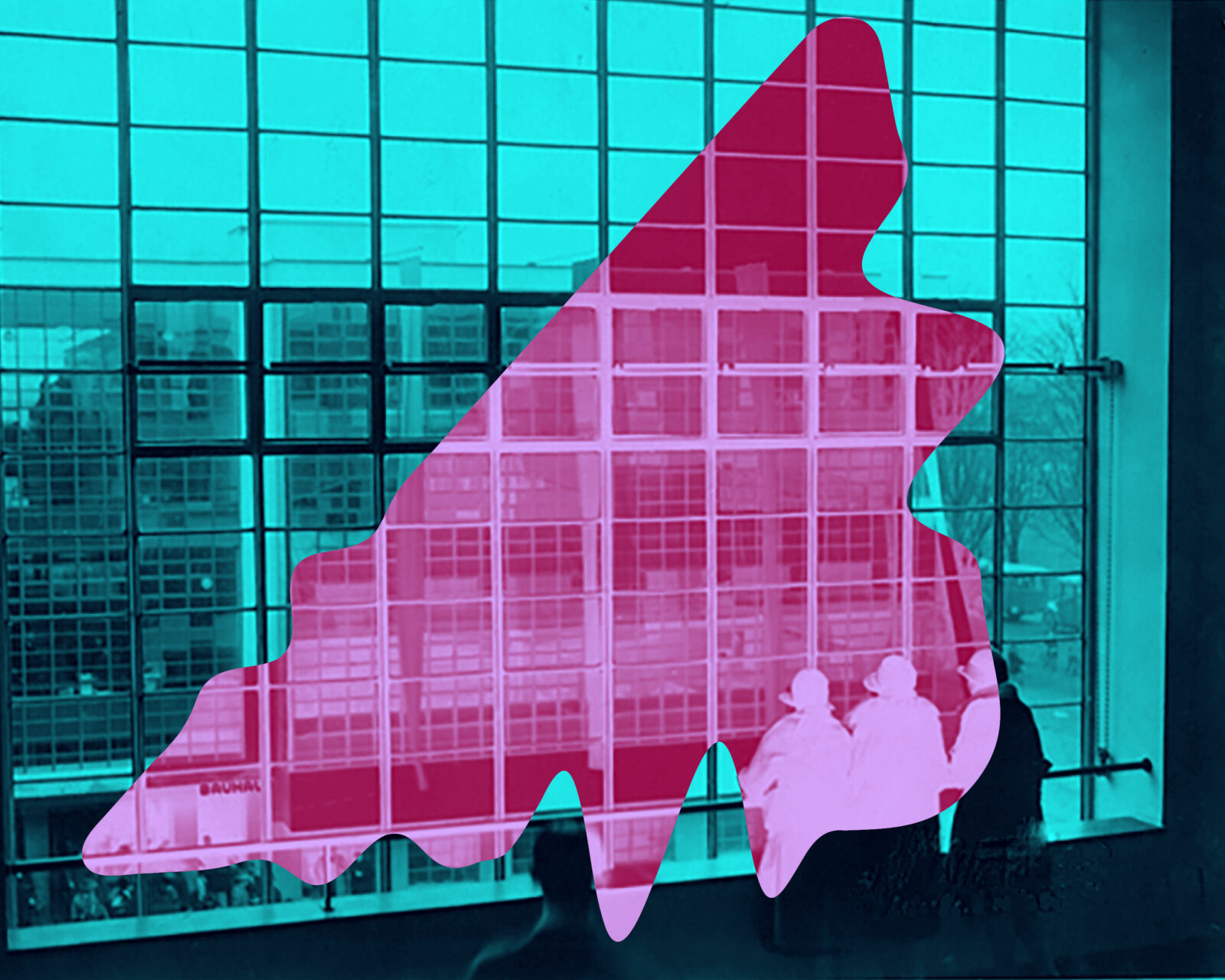
Series of readings
1925 – The Bauhaus Comes to Dessau
Kulturamt, Stadtarchiv Dessau-Roßlau in cooperation with the Bauhaus
Dessau Foundation
From 28 Jan 2025 monthly
In 1925, the Bauhaus comes to Dessau. In 2025, we look back at that year – month by month, examining the ordinary and unusual reports from historical daily newspapers and other sources. We will look at the aesthetic and political currents of the time, and the Bauhaus will seem like both a utopian community and a controversial case.
The cycle will start on 28 January at the Bauhaus Museum Dessau and return repeatedly to this central place; in alternation, other venues of is history will be explored as sites for readings. Flanking the series 1925 –The Bauhaus Comes to Dessau, the Museum für Stadtgeschichte (Museum for the History of the City) will present an exhibition of historical photographs. A publication on the series of readings will be presented as part of the Triennale der Moderne in Dessau (26–28 Sep 2025).
School project and exhibition
Cacti for Walter
Anhaltischer Kunstverein e.V. and Philanthropinum
From February 2025
The fact that Walter Gropius was an enthusiastic collector of cacti is well documented in photographs – and it is now the occasion for a school project designed by the Anhaltischer Kunstverein in collaboration with the Philanthropinum secondary school. Under the title Cacti for Walter, it is connected by a table of presents on the birthday of the director of the Bauhaus in 1926, for which students made prickly plants from various materials in the manner of the preliminary course. The workshops in February 2025 will be headed by Katrin Zickler and be supported by the Berufsverband Bildender Künstler (Professional Association of Fine Artists). They will be followed by a presentation of the works.
Adidas AG
Artemis Brewing Dessau
Büttenpapierfabrik Gmund GmbH & Co. KG
IMG – Investitions- und Marketinggesellschaft Sachsen-Anhalt mbH
Magna Glaskeramik GmbH
Modulor GmbH
muse-store e. K.
SAGA GmbH Getränke-Fachgroßhandel
TECTA Bruchhäuser & Drescher KG
Volksbank Dessau-Anhalt eG
Zumtobel Group
Anhaltische Gemäldegalerie Dessau
Anhaltischer Kunstverein Dessau e. V. / Gymnasium Philanthropinum
Anhaltisches Theater Dessau
Burg Giebichenstein Kunsthochschule Halle
Hochschule Anhalt
Junkers Paddelgemeinschaft Dessau e. V.
Kulturamt Dessau-Roßlau
Mies van der Rohe Haus Berlin
Museum für Stadtgeschichte Dessau
Reallabor ZEKIWA Zeitz
Stadtarchiv Dessau-Roßlau
Stadt Dessau-Roßlau
Stadtmarketinggesellschaft Dessau-Roßlau mbH
Förderverein Technikmuseum „Hugo Junkers“ Dessau e. V.
Tierpark Dessau
Weissenhofmuseum im Haus Le Corbusier
The centennial “To the Core. Bauhaus Dessau 100” is supported by:

Within the centennial celebration “To the Core. Bauhaus Dessau 100”, various independent projects will be presented. Individual projects are independently funded of one another by:
